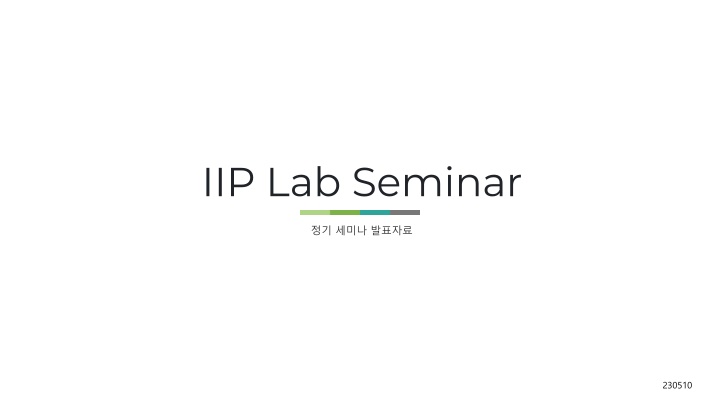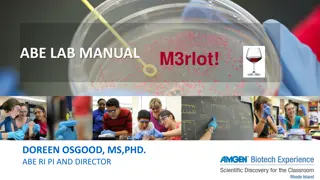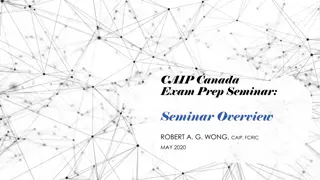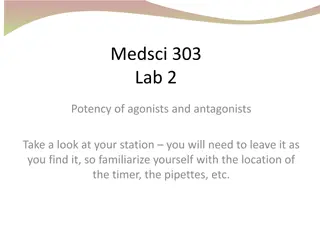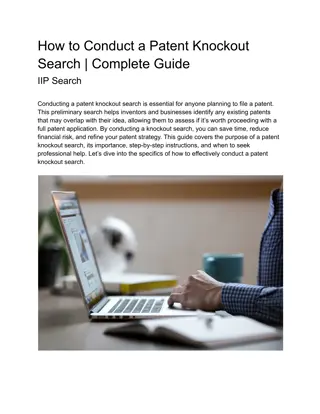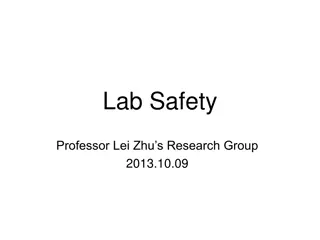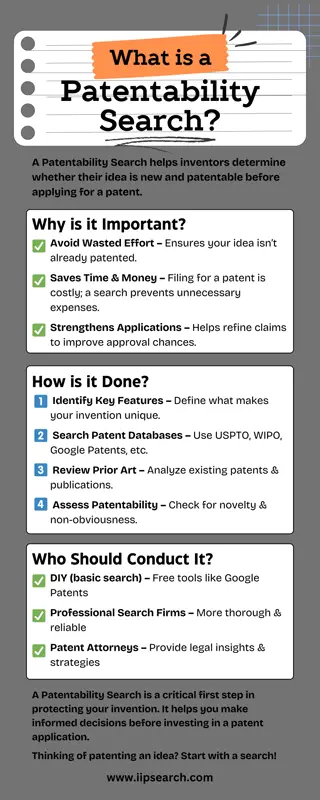IIP Lab Seminar
Utilizing respiration data for disease diagnosis involves tasks such as classification in pathological data, multi-classification, and converting data to one or two-dimensional values or images. The process includes analyzing various respiratory conditions like COPD, Pneumonia, Bronchiolitis, and more. The approach aims to enhance accuracy through models like VGG, Resnet, TCN, and Wavenet, achieving impressive segmentation results. The data-driven methods focus on spectral analysis to distinguish between different health conditions based on respiratory patterns and sounds, offering a promising direction for medical diagnostics in respiratory diseases.
Download Presentation

Please find below an Image/Link to download the presentation.
The content on the website is provided AS IS for your information and personal use only. It may not be sold, licensed, or shared on other websites without obtaining consent from the author.If you encounter any issues during the download, it is possible that the publisher has removed the file from their server.
You are allowed to download the files provided on this website for personal or commercial use, subject to the condition that they are used lawfully. All files are the property of their respective owners.
The content on the website is provided AS IS for your information and personal use only. It may not be sold, licensed, or shared on other websites without obtaining consent from the author.
E N D
Presentation Transcript
IIP Lab Seminar 230510 1
Disease diagnosis using respiration data Disease diagnosis using respiration data ICBHI Challenge database ICBHI Challenge database Pathological data classification task Learning by converting to one-dimensional value (tensor value) Learning by converting to 2-dimensional images (spectrogram, Mel-spectrogram, etc.) Disease multi-classification task Learning by converting to one-dimensional value (tensor value) Learning by converting to 2-dimensional images (spectrogram, Mel-spectrogram, etc.) 3
Disease diagnosis using respiration data Disease diagnosis using respiration data Healthy 35 COPD 793 Pneumonia 37 Bronchiectasis 16 Bronchiolitis 13 Asthma 1 LRTI, URTI 25 Pneumonia ( ) COPD( ) total 945 Healthy( ) Bronchiectasis( ) Bronchiolitis ( ) LRTI( ) URTI( ) Asthma( ) 4
Disease diagnosis using respiration data Disease diagnosis using respiration data ICBHI Challenge database ICBHI Challenge database Crackles( / ) = 1 / Wheezes( ) = 1 COPD( ) 124_1b1_Al_sc_Litt3200 124_1b1_Al_sc_Litt3200 Patient 124 Index:1b1 Chest location: Al (left anterior) Channel type: sc (single channel) Recording equipment: Litt3200 (stethoscope) 5
Disease diagnosis using respiration data Disease diagnosis using respiration data Two-dimensional data Task Model Data Accuracy Non-segmented 97.83% VGG Segmented 98.99% ( / ) Non-segmented 97.28% Resnet Segmented 98.40% Non-segmented 91.84% VGG Segmented 95.94% (7 class) Spectrogram Non-segmented 90.76% Resnet Segmented Non-segmented 96.52% - VGG Segmented - (3 class) Non-segmented - Resnet Segmented - 6
Disease diagnosis using respiration data Disease diagnosis using respiration data One-dimensional data Task Model Data Accuracy Non-segmented 97.28% TCN Segmented 95.64% ( / ) Non-segmented 95.65% Wavenet Segmented 94.57% Non-segmented - TCN Segmented - (7 class) Signal Non-segmented 87.03% Wavenet Segmented 82.57% Non-segmented - TCN Segmented - (3 class) Non-segmented - Wavenet Segmented - 7
Disease diagnosis using respiration data Disease diagnosis using respiration data Experiment result - 2D spectrogram performs better compared to 1D data - Performance improved over previous studies - Additional comparison data types are being selected. 8
